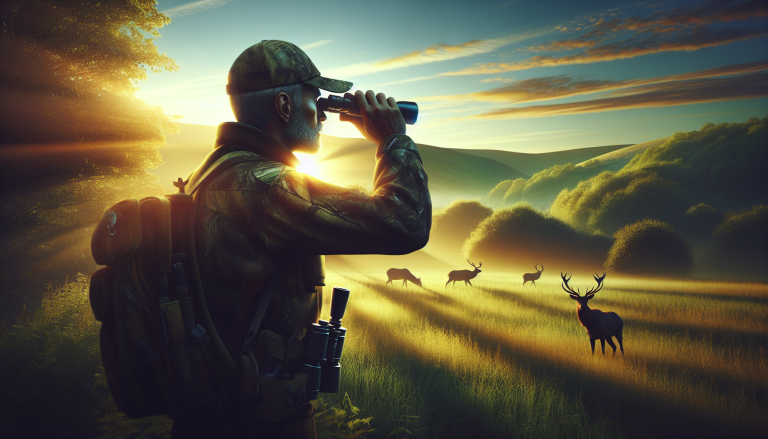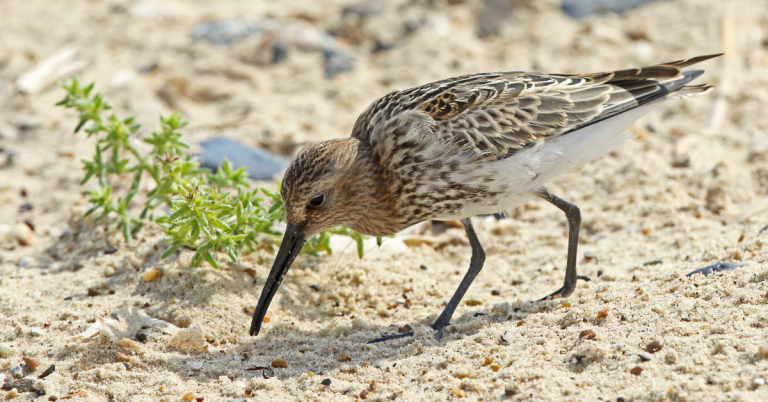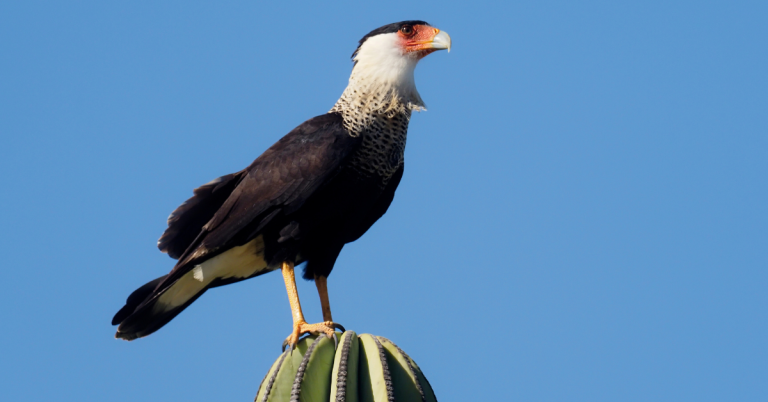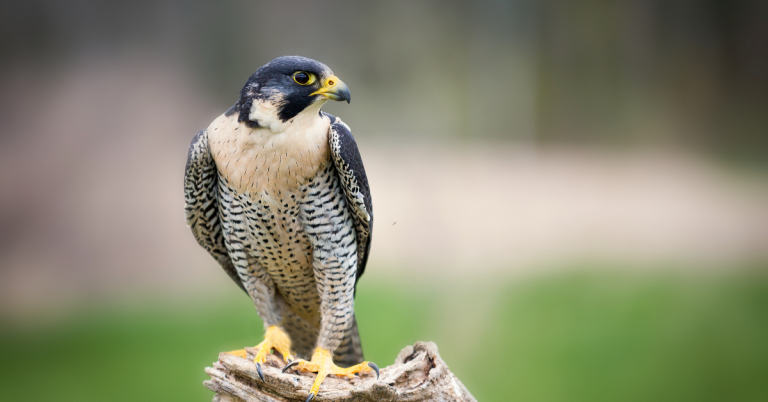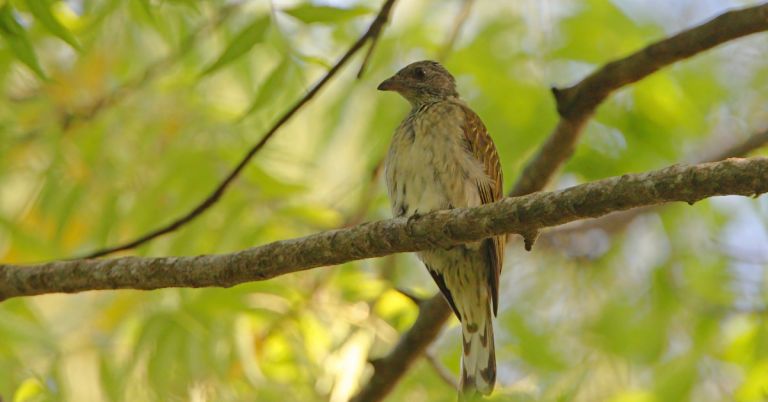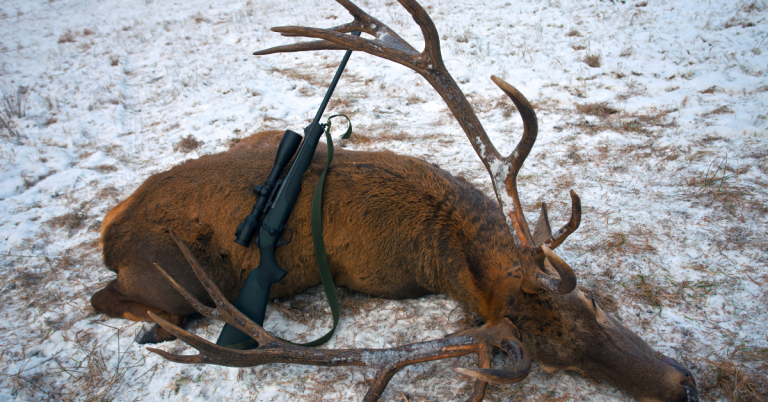Coyote hunting guide
Hunting coyotes is a challenging and rewarding pursuit that requires skill, patience, and a deep understanding of these elusive animals. This guide covers all aspects of hunting coyotes, from understanding their behavior to choosing the right gear and ensuring ethical practices. Whether you’re an experienced hunter or a novice, this comprehensive hunting guide will provide you with the knowledge you need to successfully hunt coyotes.
Understanding Behavior
Coyotes are intelligent and adaptable predators found throughout North America. Understanding their behavior is crucial for successful hunting. Coyotes are most active during dawn and dusk, often referred to as crepuscular activity. They have a diverse diet, feeding on small mammals, birds, insects, and even fruits. Coyotes communicate through vocalizations such as howls, yips, and barks, which can help you locate them in the field.
Choosing the Right Hunting Location
Selecting the right location is key to a successful coyote hunt. Coyotes inhabit a variety of terrains, from forests and grasslands to deserts and urban areas. Researching and scouting potential hunting areas can significantly increase your chances of encountering coyotes. Look for signs such as tracks, scat, and prey remnants. Areas with abundant prey populations, such as rabbits and rodents, are also likely to attract coyotes.
Effective Hunting Tactics
Calling
Using calls to mimic coyote vocalizations or distress calls of prey animals can attract coyotes to your location. Practice different types of calls, such as howls, barks, and distress calls, to find what works best in your area.
Spot and Stalk
Spot and stalk involves locating coyotes from a distance and then carefully stalking within range. Use binoculars to scan the terrain and move slowly to avoid detection.
Baiting
Baiting can be an effective tactic, although it is subject to legal restrictions in many areas. Check local regulations before using bait. If permitted, use natural baits such as carcasses or leftover meat to attract coyotes.
Ethical and Responsible Hunting
Ethical hunting practices are essential for the sustainability of coyote populations and the preservation of the ecosystem. Always follow local hunting regulations and obtain the necessary permits. Ensure a quick and humane kill by practicing your shooting skills and choosing the appropriate firearm and ammunition. Respect the animal and the environment by minimizing your impact on the natural habitat.
Field Dressing and Meat Processing
Once you have successfully harvested a coyote, field dressing is the next step. This process involves removing the internal organs to prevent spoilage. Use a sharp knife and follow standard field dressing procedures. Properly handling and processing the meat is important for safety and quality. If you are unfamiliar with the process, consider seeking assistance from an experienced hunter or professional.
Hunting Gear Used for Hunting Coyote
Firearms
Choose a high-caliber rifle that provides enough power for a quick and humane kill. Popular choices include .223 Remington, .243 Winchester, and .22-250 Remington.
Optics
A good quality scope with variable magnification will help you make accurate shots at various distances. Binoculars are also essential for scouting and spotting.
Clothing
Wear camouflage clothing that matches the terrain to blend in and avoid detection. Layer your clothing to stay comfortable in different weather conditions.
Accessories
Other useful gear includes rangefinders, electronic calls, and scent control products. Ensure you have a reliable knife for field dressing.
Species and Subspecies
The coyote (Canis latrans) has several subspecies across North America, each adapted to different environments. Understanding the specific subspecies in your hunting area can provide insights into their behavior and habitat preferences.
Hunting Legality by Area
Coyote hunting regulations vary widely by region. It is essential to research and understand the laws in your hunting area. Some regions have designated hunting seasons, bag limits, and specific permit requirements. Adhering to these regulations ensures the sustainability of coyote populations and helps maintain a balance in the ecosystem.
Legal and Cross-Border Considerations
If you plan to hunt coyotes across state or national borders, be aware of the different legal requirements. Ensure you have the necessary documentation and permits for each area. Transporting firearms and games across borders may also have specific regulations that need to be followed.
Safety Tips
- Always inform someone of your hunting plans and expected return time.
- Carry a first aid kit and know basic first aid procedures.
- Be aware of your surroundings and potential hazards such as cliffs, rivers, and extreme weather conditions.
- Wear blaze orange or other high-visibility clothing to avoid accidental shootings by other hunters.
FAQs
Where is the best place to hunt?
The best places to hunt coyotes are areas with high prey populations and known coyote activity. Farmlands, grasslands, and forest edges are good starting points.
What is the best time to hunt?
Coyotes are most active during dawn and dusk, making these times ideal for hunting. Night hunting can also be effective with the appropriate equipment and legal permissions.
What are the best hunting methods?
Effective coyote hunting methods include calling, spotting and stacking, and baiting (where legal). Each method requires skill and practice to master.
What is the reason for hunting?
Hunters may pursue coyotes for various reasons, including population management, protecting livestock, and the challenge of the hunt. Ethical hunters aim to balance the ecosystem and contribute to wildlife management efforts

